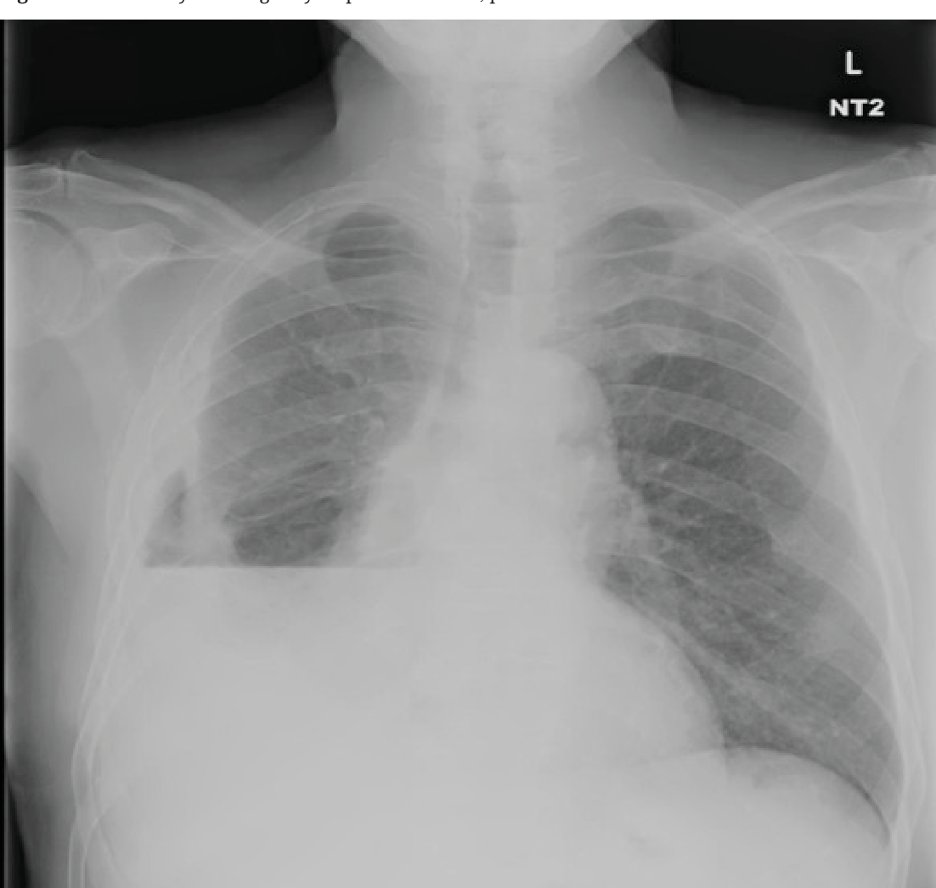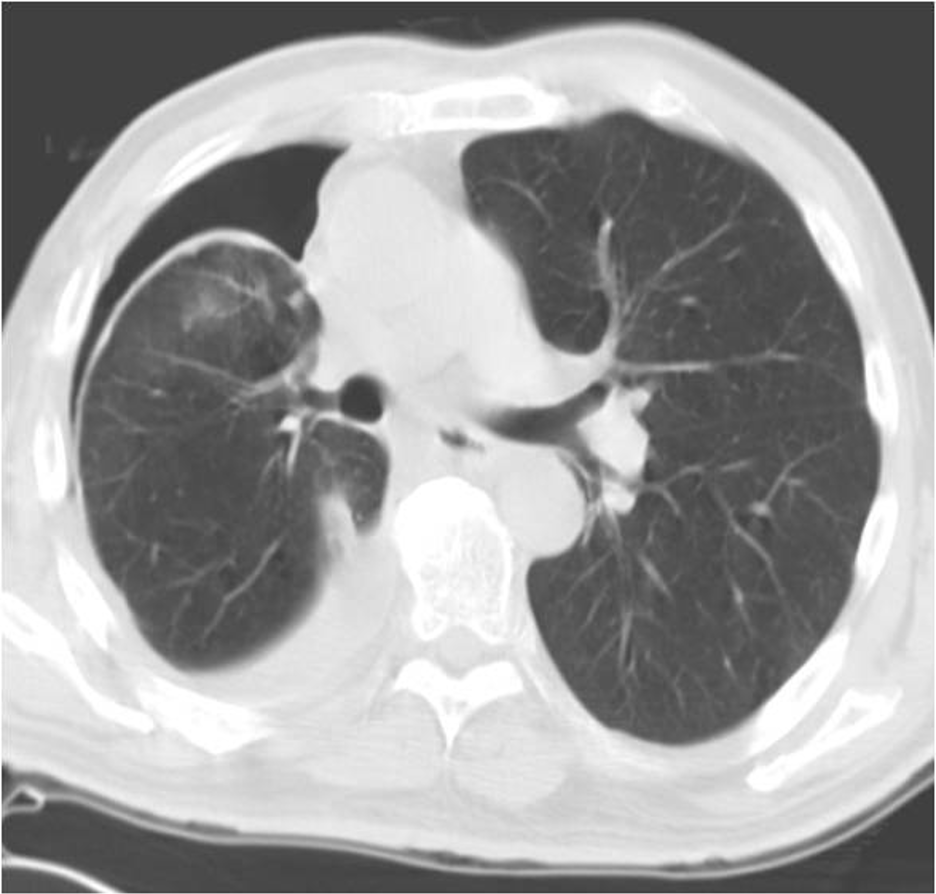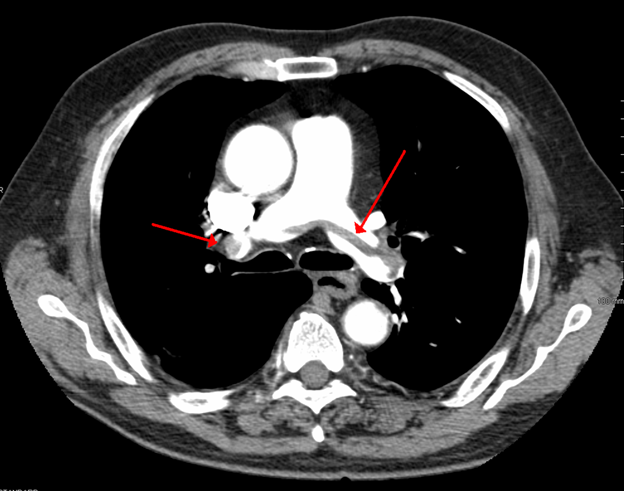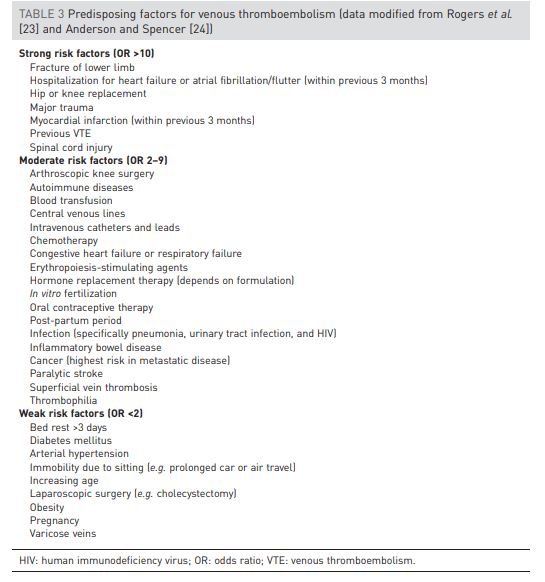1/ #MRPearls Have you ever had the clinical situation arise where you had to choose between vitamin K, prothrombin complex concentrate (PCC) & fresh frozen plasma to reverse warfarin in a clinically significant bleed? #tweetorial
@VCU_IMRes @rabihmgeha @DxRxEdu @michellebr00ks

@VCU_IMRes @rabihmgeha @DxRxEdu @michellebr00ks
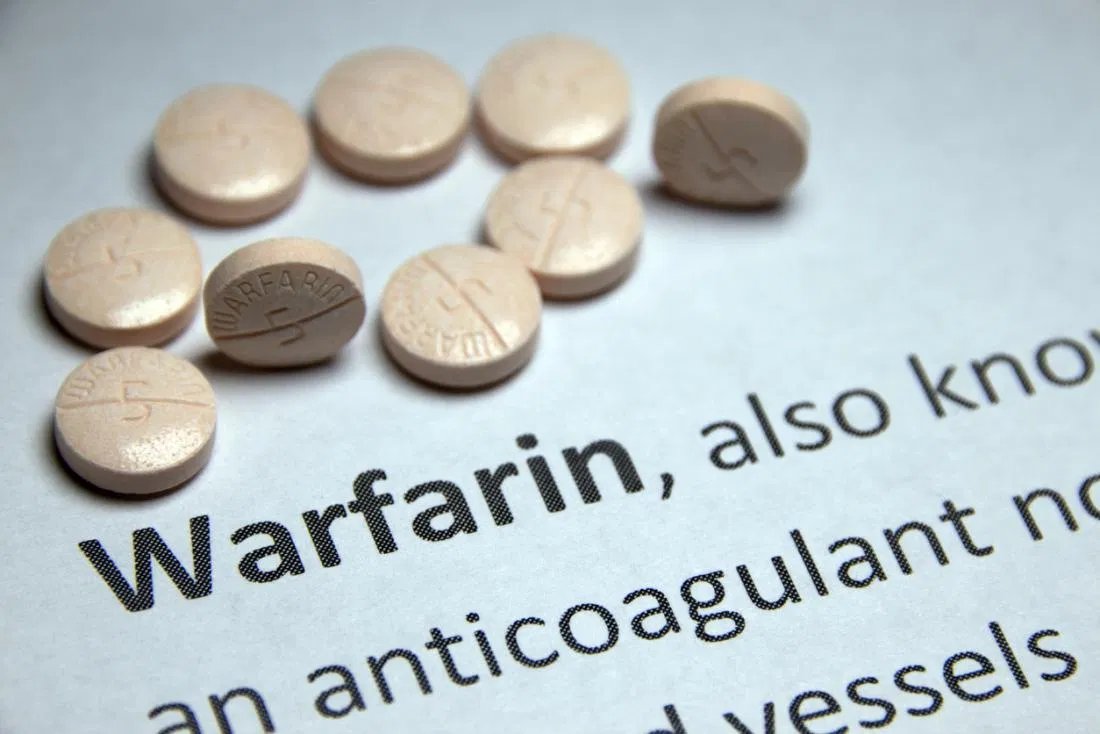
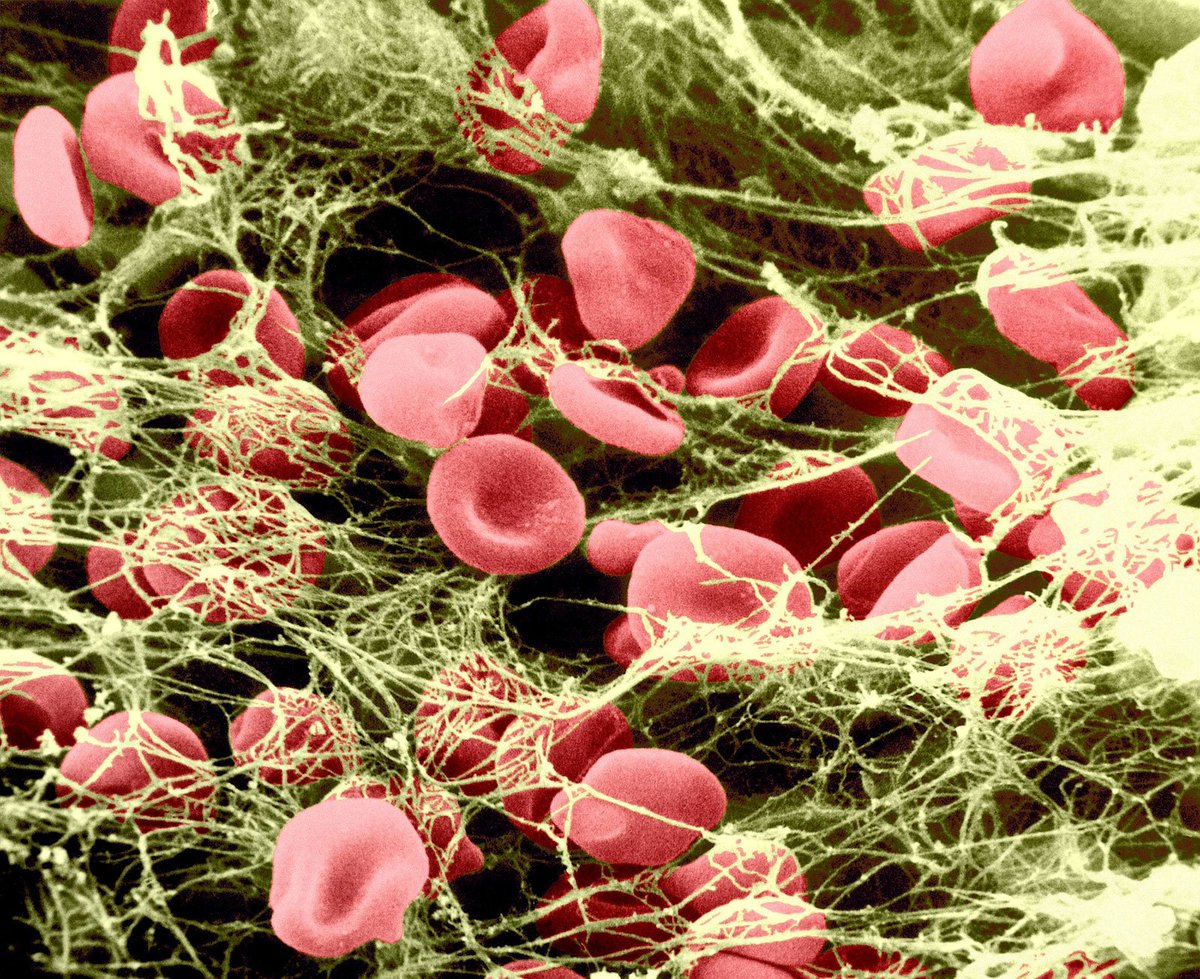
2/ #MRPearls The first question you need to ask yourself is does this patient have a clinically relevant bleed? Do you know the definition as defined by the International Society on Thrombosis and Hemostasis (ISTH)? @marinanaz @MarkZieglerMD @nchadha3 @pchawla8 @murtipatel_
3/ #MRPearls Clinically relevant bleeding as defined by the ISTH:
1⃣ Fatal Bleeding
2⃣ Symptomatic Bleeding in a Critical Area or Organ
3⃣ Bleeding causing a drop in hemoglobin by > 2g/dL or bleed leading to transfusion of two or more units of blood.
1⃣ Fatal Bleeding
2⃣ Symptomatic Bleeding in a Critical Area or Organ
3⃣ Bleeding causing a drop in hemoglobin by > 2g/dL or bleed leading to transfusion of two or more units of blood.
4/ #MRPearls So when should we consider using a reversal agent for warfarin? Check out these @ASH_hematology recommendations from 2018 as well as from @accpchest from 2012. @aoglasser @AdamRodmanMD @WrayCharles @gradydoctor @tony_breu @ZoeXZhang @UpToDate 

5/ #MRPearls To have a better understanding of how our reversal agents work, you need to have a quick refresher on the clotting cascade and the pharmacology of warfarin. Warfarin is a vitamin k antagonist that blocks production of clotting proteins 2, 7, 9, and 10. 


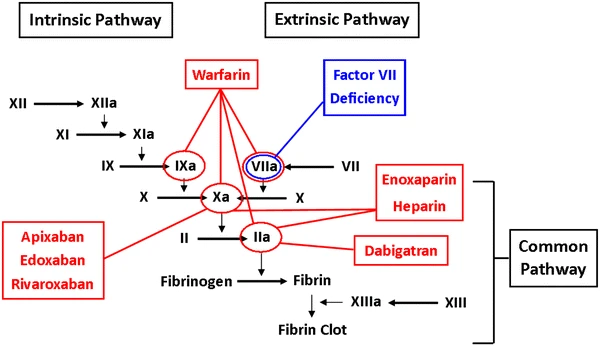
6/ #MRPearls Anybody's head hurt yet? @nehahipp @B_M_Wiese @Stern_bergler @Lauraathome @arushikhurana22 @bqueenhoo @vcuhospitalmed @SomayaAlbhaisi @palettala @ReenaHem @davidjessee @morgan_culver
7/ #MRPearls The mainstay of reversal agents have been vitamin K, prothrombin complex concentrate (PCC), and fresh frozen plasma (FFP). So, how do these agents work and what's the evidence? @jackpenner @cjchiu @DoctorWatto @BrighamSK @PaulNWilliamz @mkashiouris @GoldbergDaDr 





8/ #MRPearls Vitamin K is an essential cofactor for a hepatic enzyme that catalyzes the inactive hepatic precursor proteins for Factors 2, 7, 9, and 10. 

9/ #MRPearls Vitamin K can be given IV or orally; however, IM should not be used. This meta-analysis showed that oral and IV vitamin K were equivalent and more effective than holding just warfarin with >75% achieving goal INR at 24h. ncbi.nlm.nih.gov/pubmed?term=16…
10/ #MRPearls 4 Factor PCC contains all of the vitamin K dependent coagulation factors (2, 7, 9, and 10) in an unactivated form. It also contains protein C and S, antithrombin III, and some have a small amount of heparin.
11/ #MRPearls This retrospective cohort study of 195 patients with a life-threatening bleed associated w/ warfarin showed that 4-Factor PCC had ⬆️survival, ⬇️ICU stays, and ⬇️thrombotic complications when compared to 3-Factor PCC-rVIIa. ncbi.nlm.nih.gov/pubmed?term=29…
12/ #MRPearls However, there is a real risk of thomboembolic events (stroke, DVT, MI, and PE) with 3F-PCC (0.7%) and 4F-PCC (1.8%).
13/ #MRPearls Fresh frozen plasma contains all of the coagulation factors and albumin. When compared to PCC, it requires a much larger transfusion volume and does not reverse INR as quickly.
14/ #MRPearls This comparison of 4F-PCC vs. FFP in @CircAHA showed the following:
1⃣Faster correction of INR in 30 min w/ PCC
2⃣Similar drop in INR at 24 hours
3⃣Similar death rates
4⃣Thomoboembolic events were statistically the same
ncbi.nlm.nih.gov/pubmed?term=29…
1⃣Faster correction of INR in 30 min w/ PCC
2⃣Similar drop in INR at 24 hours
3⃣Similar death rates
4⃣Thomoboembolic events were statistically the same
ncbi.nlm.nih.gov/pubmed?term=29…
• • •
Missing some Tweet in this thread? You can try to
force a refresh












